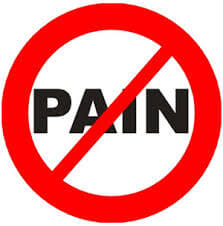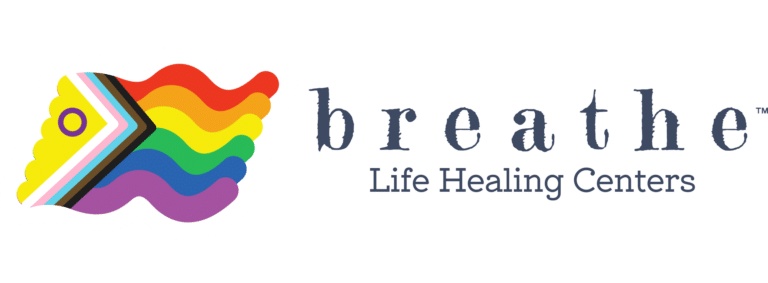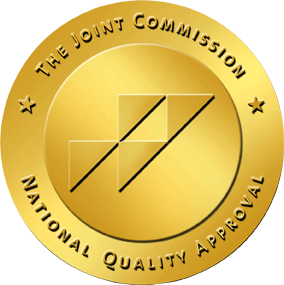 Last year, a recent alum of Breathe Life Healing Center was admitted to the hospital for surgery. As an addict in early recovery from opioids, there was naturally concern about pain management. She faced a question that many of us will at some point be faced with: How does one maintain sobriety if a prescription opioid painkiller is needed?
Last year, a recent alum of Breathe Life Healing Center was admitted to the hospital for surgery. As an addict in early recovery from opioids, there was naturally concern about pain management. She faced a question that many of us will at some point be faced with: How does one maintain sobriety if a prescription opioid painkiller is needed?
The answer lies in a varied and comprehensive strategy. The first priority is to decide what type of medication used. The choice of pain medication should be based on the World Health Organization’s stepladder approach for mild, moderate, and severe pain. Step 1 is for mild pain that can be treated with acetaminophen, nonsteroidal anti-inflammatory drugs (NSAIDs), or cyclooxygenase-2 (COX-2) inhibitors. Step 2 is for moderate pain and is treated as above with the addition of a weak opioid such as codeine or hydrocodone. Step 3 is for severe pain and should be treated with strong opioids such as morphine, oxycodone, hydromorphone, or methadone.
Secondly, it is recommended that the recovering addict invite friends and loved ones to participate in their recovery. This was an approach utilized by our Breathe Alum. According to Michael Baron, MD, MPH, FASAM, a Nashville-based board-certified psychiatrist and specialist in chronic pain and addiction, ‘A (recovering addict) needs to let their sponsor, spouse or significant other and other people in their support system know the pain medication they are on, why they are on it and how they are supposed to take it,†explains Baron “[You] cannot have secrets about medication.â€
Lastly, your goal is to get off a prescription pain medication ASAP but to make sure your pain is addressed. “It’s actually a relapse issue,†notes Baron. “Untreated pain makes patients very squirrelly and they will relapse if not treated appropriately.†Attempting to use “less addicting†narcotics may result in inadequate pain relief, which may actually precipitate relapse by forcing recovering individuals to self-medicate their pain.
Another useful tool is an opioid agreement, which states the patient will receive opioids from one doctor and one pharmacy only and that your physician can count pills, decline early refills and keep you accountable with weekly or monthly office visits to track that you are actually using painkillers in the way they were prescribed.
It is also recommended that you can better manage pain with the help of a combination of non-drug therapies, including meditation, Biofeedback, yoga, acupuncture, physical therapy and even hypnotherapy in some cases.
It’s important to be aware of all the options available to you. As it is often heard in the rooms of AA, if you fail to plan, you plan to fail. Knowing your strategy to deal with acute and chronic pain, and that there are other therapies besides opioid painkillers, will go a long way in helping to keep your sobriety intact while also lessening the ache.












